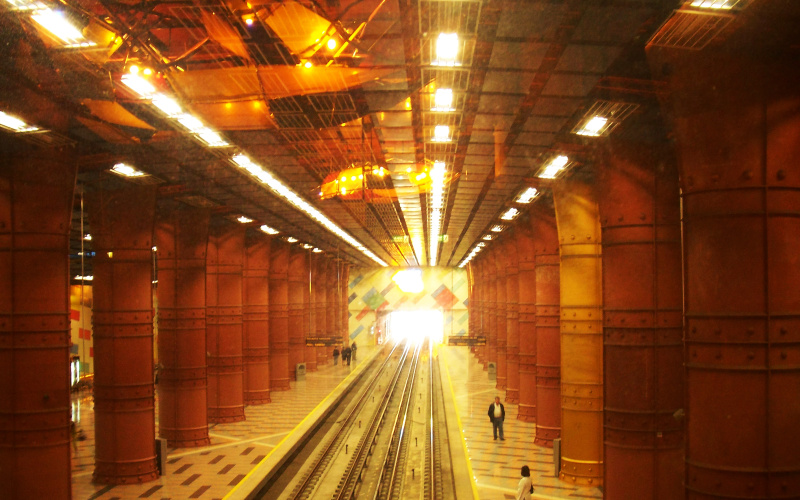Maria-Teresa Teixeira: Time and Film
- Erstellungsdatum
- Dauer
- 30:46
Beschreibung
Bergson held that general time, also called homogeneous time, is not real time. Our clocks measure it, but it is not the time we experience. Zeno's paradoxes illustrate this spurious way of thinking and of measuring time, which transforms time into a fourth dimension of space. Time loses its durational character and becomes a collection of identical points or instants.
Cinematographic methodologies are based on these Eleatic delusions: images succeed one another rapidly and side by side. Bergson argued this is only an illusion, because there is no real movement in the cinematographic succession. However, the methodologies that lie at the basis of cinematography do not prevent cinema from capturing movement and change; film can picture heterogeneous reality and time.
Film can also clarify some of the paradoxes of our age. It can show us time is irreversible as it flows from the past, through the present, into the future. When films are played in reverse, they show us time can not be turned back; it cannot be reversed like the terms of a mathematical equation, always getting the same result.
Absolute simultaneity is also a question raised by relativity. The depiction of events occurring at the same time, in film, may lead us to the new concept of contemporaneity, instead of simultaneity, introduced by Whitehead. Cinema has the capacity of showing contemporaneous events as it excludes absolute simultaneousness. It pictures living and biological times with easiness.
